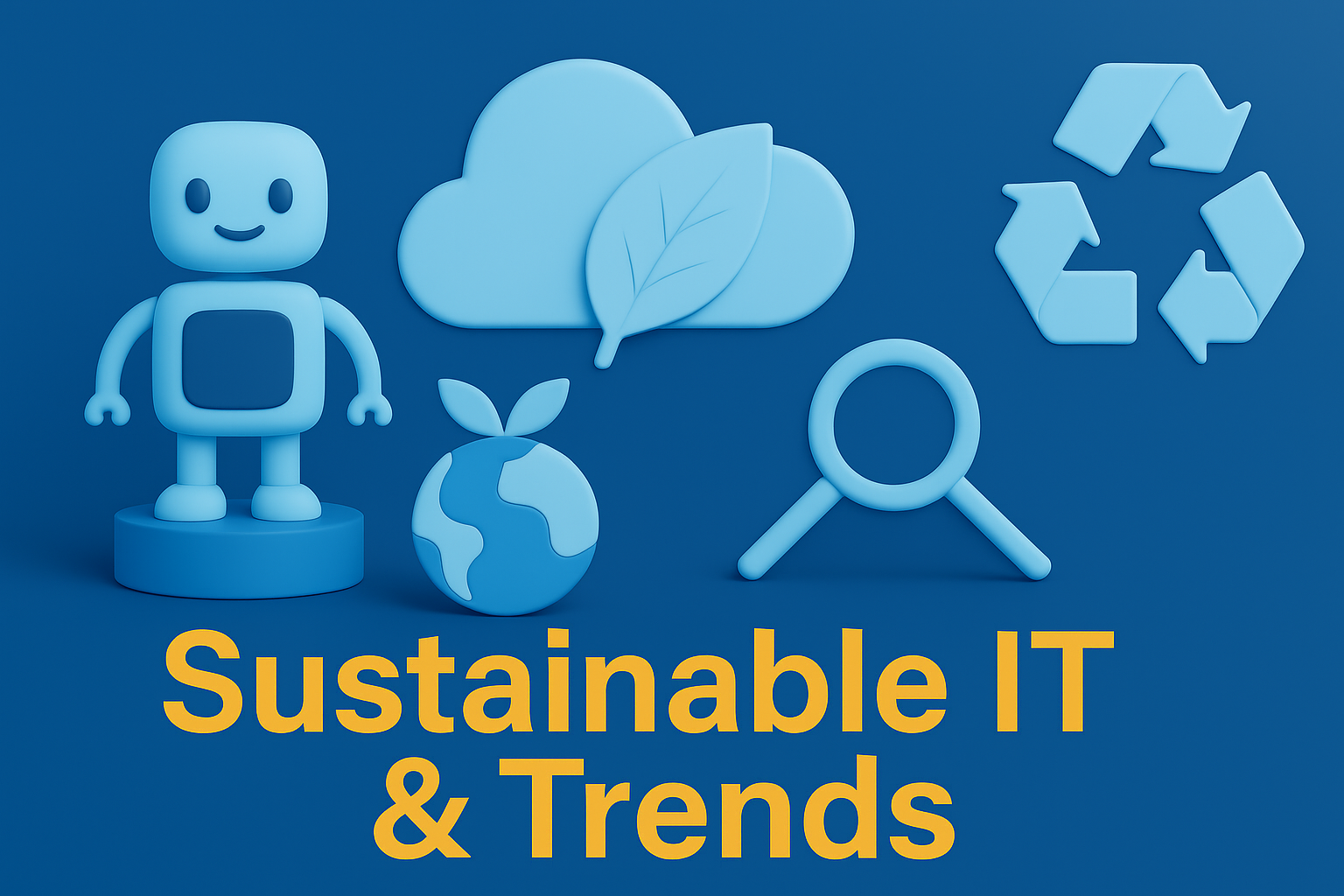🧭 Introduction
Serverless architecture eliminates infrastructure management, allowing developers to focus purely on application logic.\ In this guide, we'll explore how to plan and implement serverless automation workflows step by step.
🔧 Prerequisites
- An AWS, Azure, or GCP account
- Basic CLI knowledge (
aws,az, orgcloud) - Familiarity with JSON/YAML formats
- A text editor (VS Code recommended)
🧩 Step 1: What is Serverless Automation?
Serverless automation handles event-driven tasks without manual server management.\ Typical use cases include: - Scheduled jobs (cron-like)\
- File processing after upload\
- API event triggers\
- Queue or stream reactions
Example
Automatically resize an image after it's uploaded to S3 using AWS Lambda.
⚙️ Step 2: Architecture Planning
Define three essential components: 1. Trigger (Event) -- e.g., S3 upload, HTTP request, queue message\
- Function (Logic) -- e.g., Python or Node.js handler\
- Destination (Output) -- e.g., API call, database, email, log
# Example AWS Lambda (serverless.yml)
functions:
resizeImage:
handler: handler.resize
events:
- s3:
bucket: uploads
event: s3:ObjectCreated:*🧱 Step 3: Setting Up the Environment
AWS Example:
aws configure
aws iam create-role --role-name lambda-basic-execution
aws lambda create-function --function-name AutoResize --runtime python3.11 --role arn:aws:iam:::role/lambda-basic-execution --handler lambda_function.lambda_handler --zip-file fileb://function.zipAzure Example:
az functionapp create --resource-group myGroup --consumption-plan-location westeurope --runtime python --functions-version 4 --name myServerlessApp --storage-account mystorageGoogle Cloud Example:
gcloud functions deploy autoResize --runtime python311 --trigger-resource uploads --trigger-event google.storage.object.finalize🧠 Step 4: Designing the Automation Scenario
Scenario: "Send an email notification when a file is uploaded."\
- Event: File upload to
uploadsbucket\ - Function: Read metadata, prepare email\
- Output: Send via Mail API (SendGrid / SES)
import boto3
import json
def lambda_handler(event, context):
s3 = boto3.client('s3')
ses = boto3.client('ses')
for record in event['Records']:
file_name = record['s3']['object']['key']
ses.send_email(
Source='notify@hmyn.net',
Destination={'ToAddresses': ['admin@hmyn.net']},
Message={
'Subject': {'Data': f'New File: {file_name}'},
'Body': {'Text': {'Data': f'{file_name} has been uploaded.'}}
}
)🧩 Step 5: Monitoring and Logging
- Use AWS CloudWatch, Azure Monitor, or GCP Logging
- Set up alerting and retry mechanisms for failed jobs
- Integrate with Slack, Telegram, or email for notifications
aws logs tail /aws/lambda/AutoResize --follow🚀 Step 6: CI/CD Integration
Serverless projects are commonly Git-based: - On push, Lambda/Function updates automatically\
- Use
serverless.ymlor pipelines (azure-pipelines.yml, GitHub Actions)\ - Recommended tools: - GitHub Actions\
- AWS SAM CLI\
- Terraform (for IaC)
🧩 Step 7: Advanced Use Cases
- Multi-trigger workflows via EventBridge or Pub/Sub
- State tracking via DynamoDB or Firestore
- Integrate with n8n, Zapier, or Airflow for orchestration
🧩 Step 8: Cost & Performance Optimization
- Reduce unnecessary invocations using filters
- Prefer lightweight runtimes (e.g., Go over Python)
- Use Step Functions or Durable Functions for repetitive tasks
✅ Conclusion
Serverless automation streamlines workflows and minimizes manual operations.\ After this guide, you can now: - Write event-driven functions\
- Deploy serverless apps\
- Integrate CI/CD pipelines confidently
